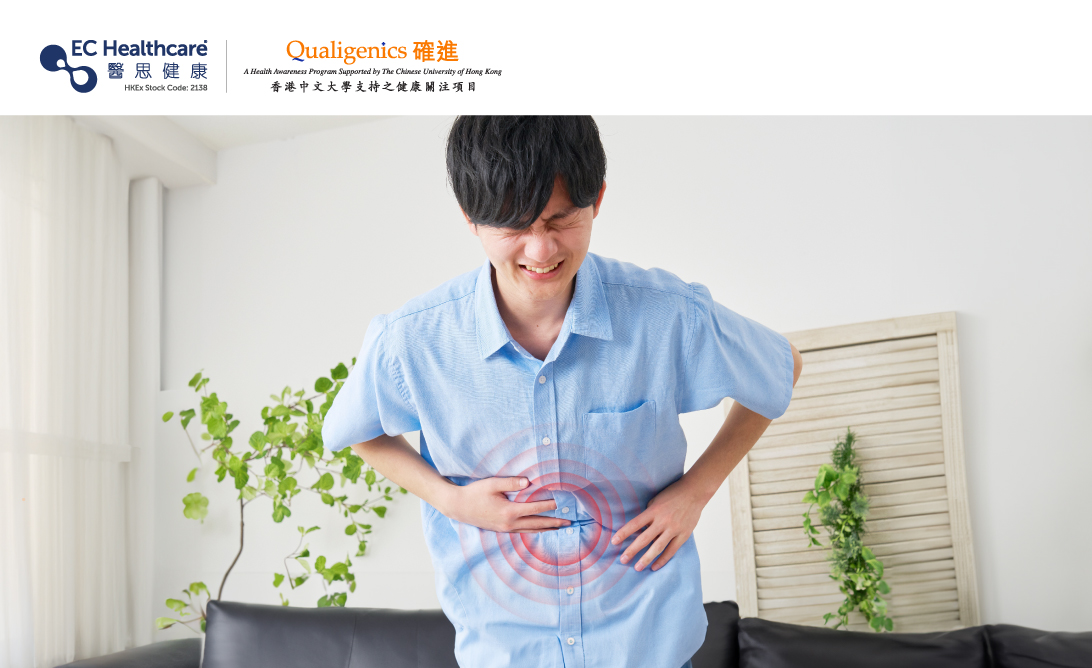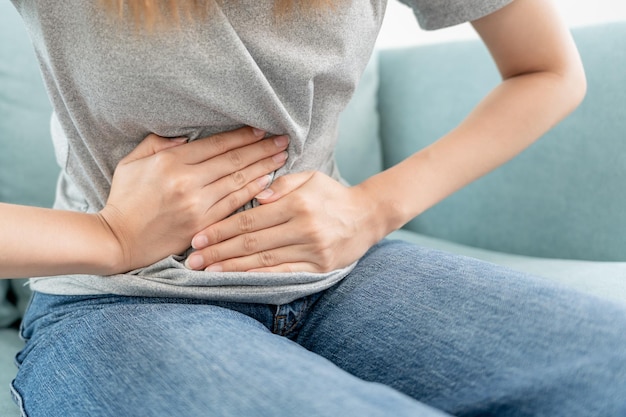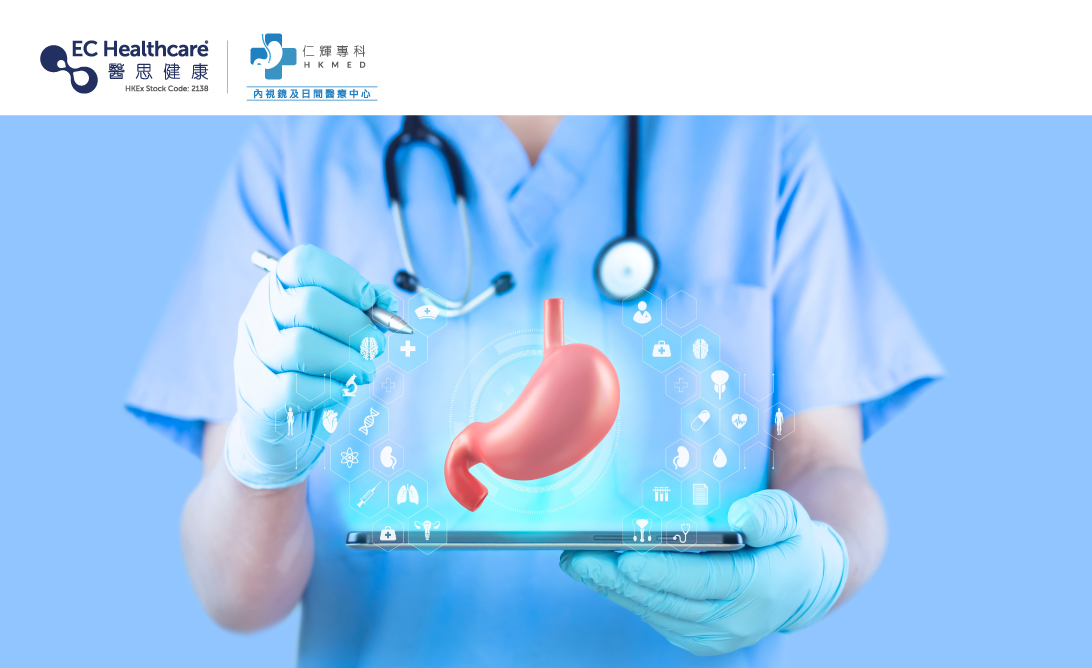[New knowledge on gastric ulcer prevention and treatment] Having upper abdominal pain, nausea and discomfort after eating? Beware of ulcers coming to your door


Enjoying delicious food should be a happy thing, but after eating, you suddenly feel a pain in your abdomen, making it difficult to walk forward, making you feel nauseous and stuffy? Beware of gastric ulcer coming to your doorstep!

Understanding gastric ulcers
There is a layer of mucosal cells on the inner wall of our stomach. Its unique repair mechanism can prevent gastric acid from invading the deep structure of the stomach. However, the occurrence of gastric ulcers means that the repair function of mucosal cells is abnormal. Gastric acid and digestive enzymes can erode the gastric wall, causing inflammation or fibrosis in one or more wounds, affecting the structure of the stomach, which can lead to serious complications such as gastric bleeding, gastric perforation, pyloric obstruction, or gastric cancer, and the mortality rate will also be relatively increased.
Common symptoms and causes of gastric ulcers
Gastric ulcers do not form overnight. The stomach wall is usually damaged silently. When food enters the digestive system, the stomach is stimulated and secretes gastric acid, which in turn erodes the stomach wall. Therefore, gastric ulcers most commonly occur when upper abdominal pain suddenly occurs after a heavy meal. Some people may even fall to the ground in severe pain. In addition, abdominal bloating, indigestion, heartburn, nausea, vomiting, loss of appetite, bloody or black stools are also common symptoms of gastric ulcers.
There are six causes of gastric ulcers:
About 70 to 75% are related to Helicobacter pylori infection¹
Taking nonsteroidal anti-inflammatory drugs, aspirin, or steroids
Smoking
Alcoholism
Pressure
Serious illnesses such as Crohn's disease, ulcerative colitis
If you have experienced the above symptoms of gastric ulcer, it is recommended to seek medical advice as soon as possible and start treatment as soon as possible to reduce the chance of serious complications. Gastroscopy is the best way to diagnose gastric ulcers, and the patient completes the entire examination under anesthesia. The doctor will use a soft and flexible gastric endoscope to enter the esophagus, stomach and duodenum through the patient's mouth. Through the lens at the front of the tube, the doctor can clearly see the location and extent of the gastric ulcer. After confirming the cause of gastric ulcer, the doctor will give corresponding drugs, antibiotics, or advise the patient to quit smoking or discontinue medication to help treat gastric ulcer.
¹ Men's Health Line from Hong Kong Department of Health - Peptic ulcer
Disclaimer: This article is prepared by an independent third party and is not sponsored. The content provided is solely for informational purposes and should not be considered a substitute for professional medical advice, diagnosis, or treatment. It does not represent any specific viewpoint. In the event of any discomfort or health issues, it is advised to seek medical attention promptly.







